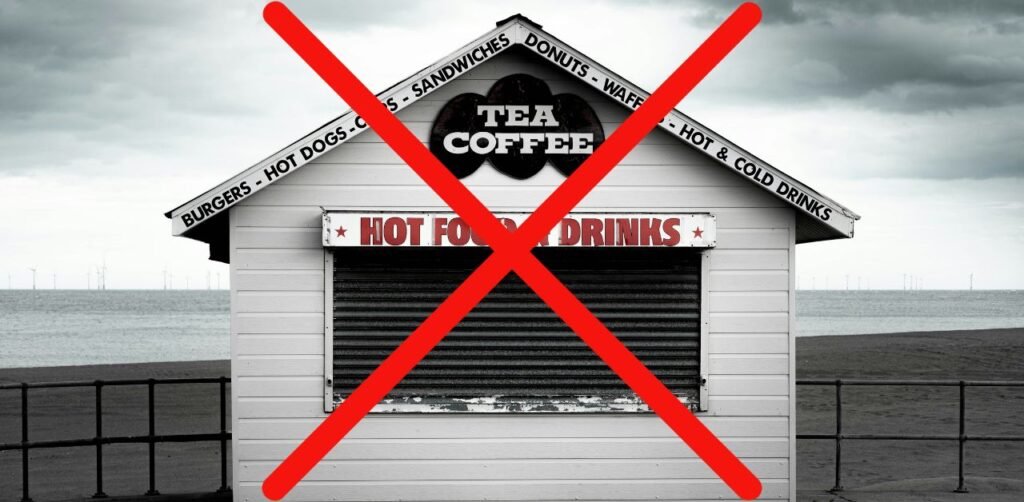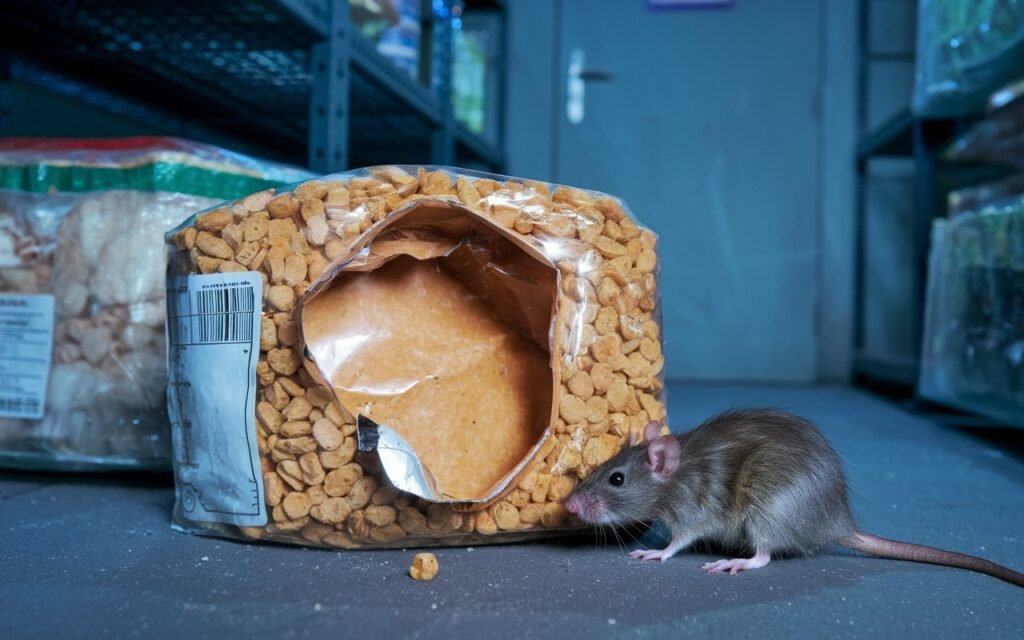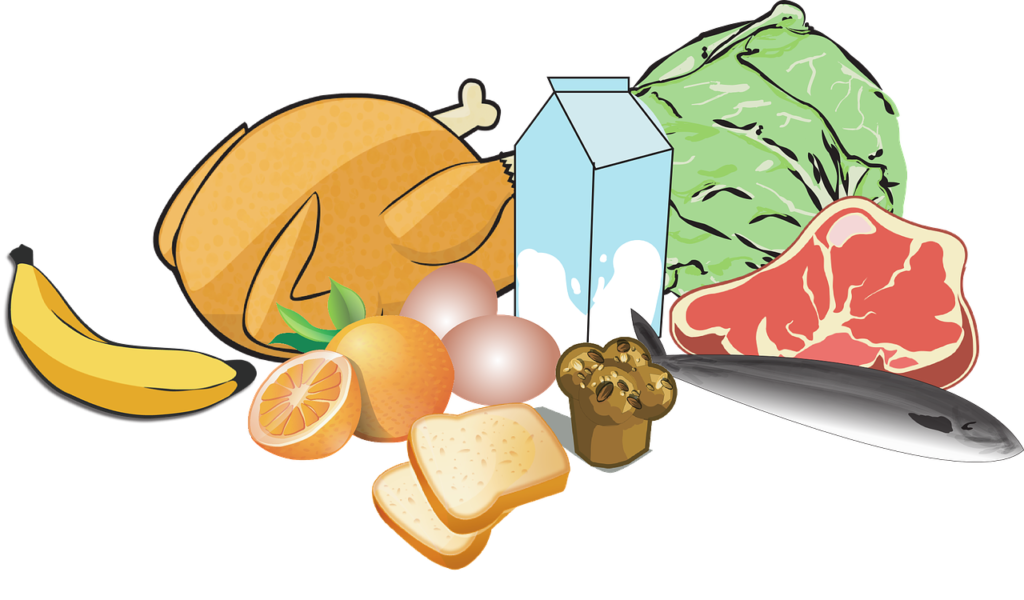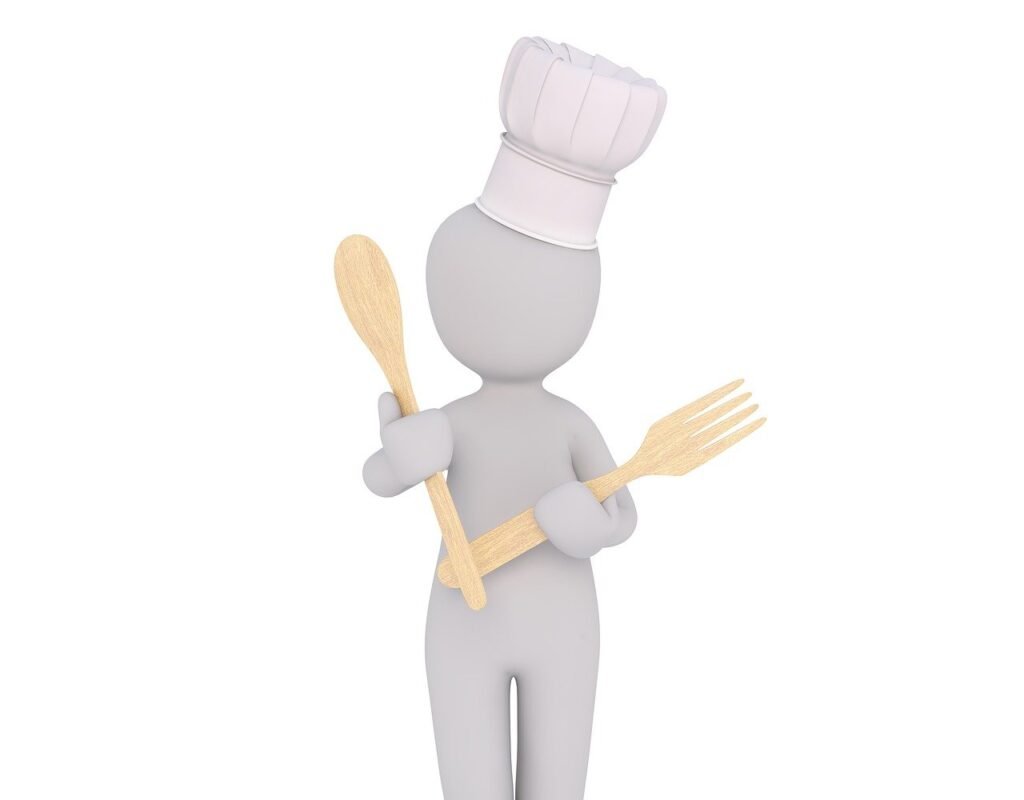A key challenge is determining how should pests be controlled in a food business to prevent outbreaks and maintain compliance.
Pests in a food business can quickly become a nightmare.
Not only do they pose serious food safety risks, but they can also lead to big financial losses.
And let’s not even get started on the damage they can do to your business’s reputation!
For food business owners and food handlers, controlling pests is critical to protect customers, maintain compliance, and ensure smooth operations.
So, let’s dive in and explore the most effective strategies to prevent and respond to pest issues.
The Cost of Pest Infestations in Food Businesses
Pest infestations cost more than most food businesses realize.
They don’t just cause direct losses due to contamination and food waste.
Pests can also trigger hefty fines, forced closures, and long-term damage to customer trust.
Every day, we hear about restaurants and food suppliers who lost their business due to improper pest control.
Neglecting Pest control can make you suffer

Food businesses ignoring pest control face strict enforcement and hefty fines from international regulatory bodies.
The FDA for example oversees the safety and security of the U.S. food supply.
They enforce strict regulations regarding pest control in food processing facilities.
In fact, a single sighting of a rodent or cockroach can cause customers to question the hygiene and safety of your entire establishment.
And if they go online to share their experience, the damage spreads even further!
From rats and mice to flies and cockroaches, pests are drawn to food-rich environments.
In a previous post, I mentioned 3 facts that help to understand how pests are a food safety hazard.
How should pests be controlled in a food business?
We need to cover this with different thinking approaches.
Proactive prevention, emergency responses when necessary, and a strong pest control program should be our starting point.
Let’s start with the basics.
Comprehensive Pest Control Strategies for Food Businesses
Effective pest control requires both proactive practices and reactive responses.
Here’s a breakdown of what you can do to avoid and handle pest invasions in your food business.
Preventive Practices to Avoid Pest Infestations
It is always better to expect and prevent unwanted events than to fight their consequences.
Routine Cleaning and Sanitation Protocols
One of the simplest ways to keep pests at bay is with a strict cleaning and sanitation routine.
Just ask yourselves, what attracts these pests and rodents to food business areas?
Pests are attracted to food scraps, stagnant water, and unclean surfaces, so make sure all areas are thoroughly cleaned daily.
Sweep up crumbs, empty trash bins, and wipe down surfaces, especially in high-risk areas like kitchens and storage rooms.
As a food safety inspector, it is always expected to find some sort of contract between the food service establishment and a waste management contractor.
The food business owner must record the amounts of disposed waste by date.
Pest-Proofing the Premises
Pests can squeeze into your premises through tiny cracks, open doors, and vents.
Seal off any gaps or openings, especially around doors, windows, and storage areas.
Regularly check walls and floors for cracks, and repair them promptly.
You’ll be surprised how blocking even small entry points can help.
For this reason, it is recommended to train and encourage your crew on hazard reporting.
When they observe and report these unsafe cracks regularly, you will be able to repair them before having any issues.
Regular Inspections and Monitoring

Don’t wait for pests to announce their presence!
Schedule regular inspections to catch the early signs of infestation.
Spotting even a single insect or rodent can signal a bigger problem.
Some businesses even work with pest control specialists for periodic checks, which can be a game-changer for proactive prevention.
Don’t think that this might be a waste of money you are saving lots of money in the long run by implementing this control.
Emergency Pest Management for Active Infestations
Sometimes, despite your best efforts, pests manage to get in.
When this happens, acting fast is key to controlling the spread.
Early Signs of Pest Invasion

Pests often leave signs that are easy to overlook.
Be alert for unusual smells, droppings, damaged packaging, and scratch marks around food storage areas.
These are common indicators of pest activity
If you see even one live or dead pest, it’s time to take action.
Immediate Containment Measures
If you spot a pest, isolate the affected area.
Secure all food items, and clean up any contamination immediately.
Quick action prevents pests from spreading to other parts of the business.
Safe Application of Pest Control Treatments
Remember that Pest control treatments are also sorts of hazards that can badly affect your health.
When using pest control methods, choose food-safe options.
Food-safe traps and approved chemicals are essential for keeping food areas safe.
Schedule treatment during non-peak hours to minimize contact with food, and always follow safety guidelines.
Documentation and Reporting
Keep a log of any pest activity and the actions taken.
This helps with regulatory compliance and shows you’re proactive in handling pest issues.
Over time, tracking these records can also help you spot patterns and refine your pest control strategy.
Critical Locations to Apply Pest Control
Pests can sneak into any area of a food business, but some zones are especially vulnerable.
By focusing on these critical locations, you can better prevent and control infestations.
Food Storage Areas
Your storage areas are like a buffet for pests if not properly secured.
Keep all food items in sealed containers, regularly inspect for signs of pests, and ensure shelves and floors are clean.
Pay special attention to dry goods and grains, as they often attract pests.
Food Preparation Areas
These areas need to be spotless at all times.
Clean up spills immediately, empty trash bins regularly, and don’t leave food out overnight.
Good ventilation helps as well since pests are less likely to gather in dry, well-ventilated spaces.
Service and Dining Areas
The areas where customers eat and socialize should be pest-free.
Inspect dining areas for crumbs, clean up tables frequently, and ensure waste bins are emptied regularly.
Customers expect these spaces to be clean, and even a minor pest sighting can damage your business’s reputation.
You can imagine that you are a customer, not a restaurant owner, what might be your feeling if you found a rat while enjoying your meal in a restaurant?
Waste Disposal Zones
Pests are naturally drawn to waste, so keeping waste disposal areas clean is critical.
Use tightly sealed trash bins, dispose of garbage frequently, and regularly sanitize these areas.
Keep waste bins away from food prep and dining areas to reduce the risk of cross-contamination.
Also, hire a specific waste management contractor for regular disposal of your wastes.
Health Precautions During Pest Control
Applying pest control measures is essential, but it’s equally important to keep safety top of mind.
Here are some precautions to follow:
Always try to use safer alternative first.

The United States Environmental Protection Agency EPA says that it is recommended to use baits first to control pests before using chemicals.
Use of Food-Safe Products and Methods
When choosing pest control chemicals, make sure they’re approved for use around food.
Traps, electronic repellents, and other non-chemical options are also great alternatives.
Soon, I’ll discuss these pest management options in a separate post.
Proper Ventilation During Treatment
Ventilation minimizes the risk of inhaling any harmful chemicals.
Limit staff presence and open windows and doors to keep the area well-ventilated during treatment.
Protective Equipment for Workers

For anyone involved in pest control, using gloves, masks, and eye protection is a must.
Ensure staff are trained to handle these materials safely to avoid any health risks.
And it is better to hire a specific pest control specialist to carry out this procedure, as he is well-trained and competent for this job.
Isolation of Food and Utensils
Always cover or remove food items before treatment.
Clean and sanitize food prep surfaces after pest control measures have been applied.
Timing to Minimize Food Safety Risks
Apply pest control during off-hours whenever possible.
I remember once I was inspecting an oil and gas company where they had 3 catering messes.
They used to shut these messes during pesticide spray days.
And alternatively, they provide their crews with dry meals for these days.
This helps reduce contamination risk, especially if the area will be used for food prep or dining shortly after.
The Benefits of Implementing a Pest Control Program
So why go to all this effort?
Let’s look at some of the key benefits you’ll see from a consistent pest control program.
Improved Food Safety Compliance
Pest control is essential for compliance with health and safety regulations.
Meeting these standards protects your business from fines and ensures customer safety.
Enhanced Customer Confidence and Reputation
A clean, pest-free environment reassures customers and builds a positive reputation.
This trust is invaluable in food service, where customers expect the highest standards of cleanliness.
And remember, we are living in the social media era, where reviews can spread like fire in minutes.
A single incident can cost your entire business reputation.
Long-Term Cost Savings
Preventing infestations is far cheaper than handling a full-blown pest crisis.
By maintaining good pest control practices, you reduce emergency control costs, protect food stock, and minimize waste.
Reduced Health Risks for Staff and Patrons
Effective pest management protects both your staff and customers from health hazards.
Less exposure to pests means a healthier environment and lower risks of contamination.
Conclusion:
Understanding how should pests be controlled in a food business is a game changer for food business owners.
Pest infestations can devastate food businesses.
Ignoring pest control risks fines, closures, and loss of customer trust.
Prioritize prevention and a strong pest control program.
Regular cleaning, sanitation, and inspections are crucial to prevent infestations.
Sealing entry points, maintaining cleanliness, and collaborating with pest control professionals can significantly reduce risks.
Proactive measures are key to protecting your business and ensuring food safety.
Also, we must be ready for any unplanned invasion.
Early detection is crucial, so watch the early signs of pest invasion.
Use food-safe pest control methods as your first choice.
Encourage your crew to report any event or unsafe condition.
Implement these precautions for any place where pests can exist.
Starting from storage areas, preparation areas, servicing areas, and waste-gathering areas.
Remember that pest control chemicals are also health hazards. So take your precautions to avoid any unwanted impact.
Proper pest control will protect your business and save you lots of money in the long term.



